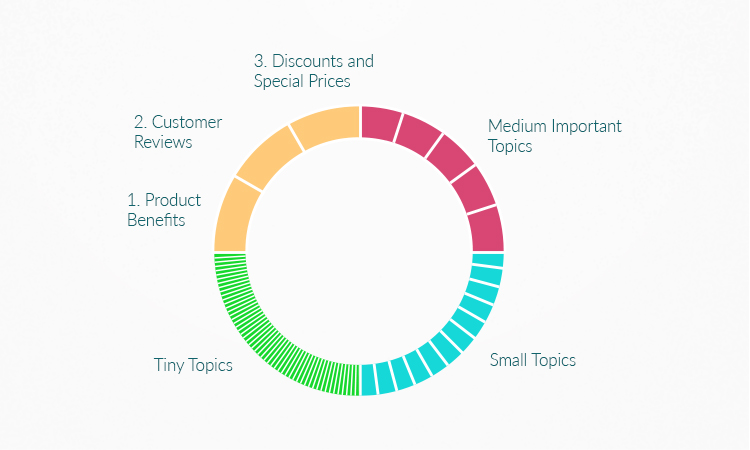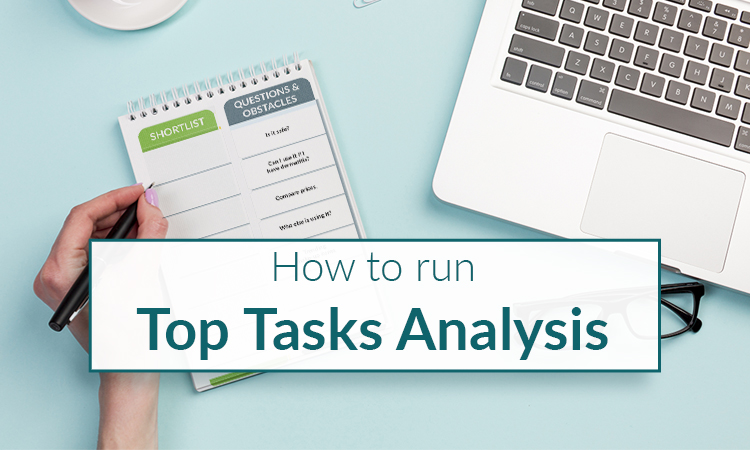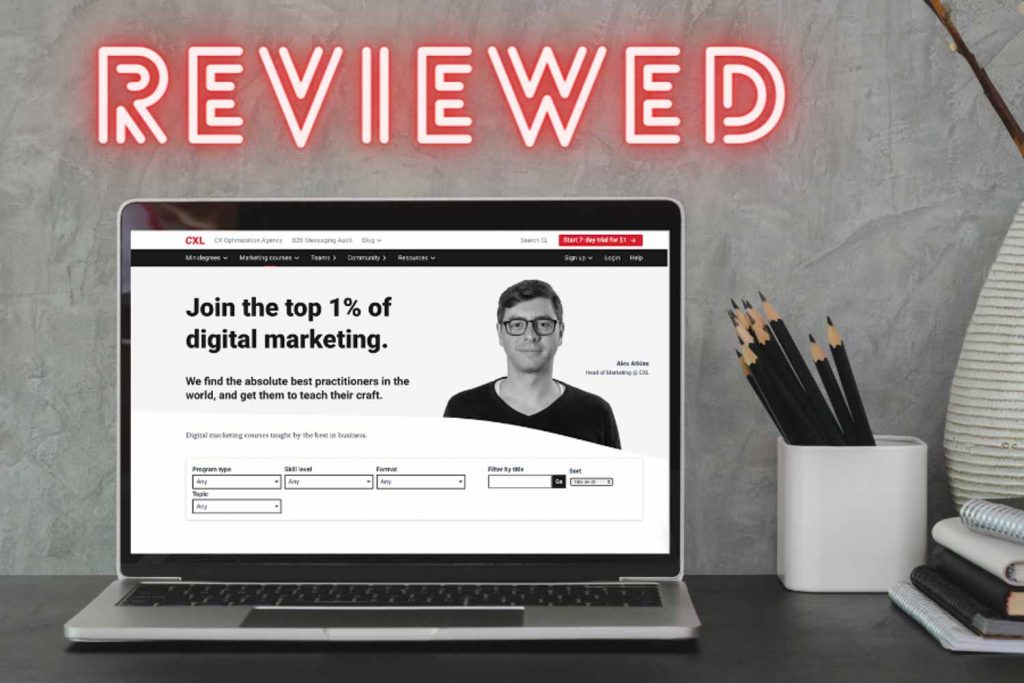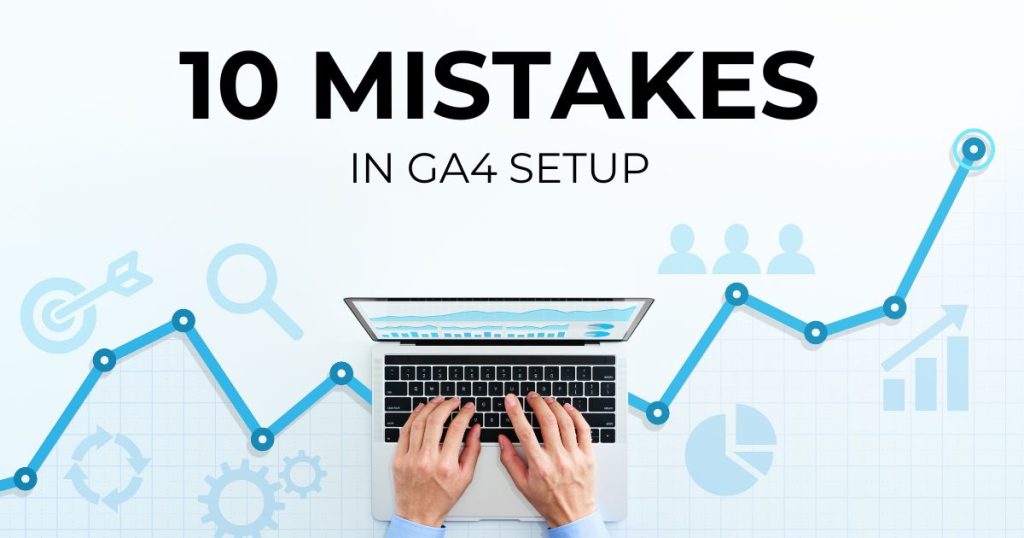Have you ever stared at your website and wondered what you should put on it? Which topics and questions are the dealbreakers and which should be addressed? What tasks on her to-do list is the user really trying to fulfill when visiting your page? Knowing answers to these questions is crucial when you are trying to persuade your client to do a desired action on their website. But how do you get answers? Luckily for you, there is a well know methodology on how to approach this issue. It is called Top Task Analysis. By the end of this blog you will have learnt:
- What is Top Task Analysis,
- Why is Top Task Analysis so important,
- How to run Top Task Analysis,
- How to Analyze and use Top Task Analysis
The Horror Story
We worked for a client in the beauty industry. Small business e-commerce shop. She came to us with a new website idea. She had already hired a designer (not a good one). A shiny website with lots of graphics, sliders, and way too much copy. Because the client is one of those “back to nature” people, she felt an urge to explain the all-natural ingredients she uses on the first page. And if you purchase her items, she thought, you become part of her story and therefore it makes sense she also explains her vision & and mission to you as soon as possible. And then there were some items she was selling along with some inspiring famous people quotes. Lack of focus and poor customer understanding was visible from space.
We tried to help and offered free advice, but the client didn’t want to listen. So we delivered the website as the client wanted. A few days after the site was published the client came back. The conversion rate was down and she didn’t know what to do. We needed to react quickly. We used Top Task Analysis I’ve heard of in the CXL Growth Marketing course.
What is Top Task Analysis
Top Task Analysis was originally created by Gerry McGovern who used it for prioritizing tasks users are trying to accomplish on a website. His description of the Top task Analysis is: »Top Task Management is a model that says focus on what really matters (top tasks) and defocus on what matters less (the tiny tasks).« In digital marketing, we use it for the same purpose, only in our case, we prioritize questions and concerns that need to be answered before the user takes action. So among many questions and concerns regarding our product and service a user might have, we search for the ones that matter the most.
In marketing, we use a slight variation of it in order to understand what concerns and questions we have to answer before the user is willing to take action.
Why is Top Task Analysis so Important
Remember the 5-second test from our 7 Simple Steps to Maximize Landing Page CRO blog? Let’s recap. When someone lands on your page you have only 5 to 8 seconds to answer very important questions. For example, why should I stay here, what do they offer, is the offer trustworthy, and so on. You are making a first impression and remember, if you make a bad first impression, your competitors are just a click away. It is absolutely crucial you address the most important questions users have as fast as possible. And the top task analysis is the tool that will help you to get this job done right.
How to run Top Task Analysis
1. Gathering the long list of questions and obstacles.
List out every question, every concern and every objection the user might have about your product or business. Use your user research. Talk to key stakeholders like sales people, customer support, social media staff. Go over your customer feedbacks, comments on social media platforms, competitor sites and more. The goal here is to create hundreds (300 – 500) of tasks. A few example tasks for the above mentioned beauty product:
- Compare prices.
- Check reviews.
- Check ingredients.
- Search for birthday presents.
- Is the product certified?
- Can I use it if I have dermatitis?
- Is it safe?
- How to stay young?
- Trending make-up items.
- Is it skin-friendly?
- List of ingredients.
- How long until delivery?
- How much weight will I lose?
- Does it really work?
- Who else is using it?
2. Shortlisting questions and obstacles into topics
In the second step combine anything similar and remove anything that is ridiculously specific. Your goal is to come up with a shortlist not longer than 60 to 100 items. Anything connected to pricing goes together, anything connected with reviews goes together, and so on …
A few Shortlist Items:
- Tips and tricks for staying young,
- Customer reviews,
- Influencer reviews,
- Brand content on social media,
- Pricing for individual products,
- Discounts and special prices,
- Authorized product certifications,
- Fast delivery.
3. Survey
Conduct a website survey. Collect a couple hundred answers. Ask only one simple question:
Select the 5 topics from the list below that are most important when considering products and services from (insert your brand name)?
List down all 60 to 100 options and ask users to rank five tasks, ranking the most important task with 5 and the least important one with 1. Leave all the rest blank. It might seem mad to you to give out a survey with one question which has 100 options and the user can only pick 5 of those.
Don’t worry. There is a science behind this. The user feels overwhelmed by all of the options, so instead of going through the list, the gut instincts are kicking in. You don’t “read” the list; rather, the tasks that really matter to you jump out.
When you set up the list order, be careful of the so called order bias. Topics on the top of the list will get better scores. You can avoid that, if you choose a survey provider that enables you to show different orders to every user.
The core deliverable of the survey is you can rank topics (questions and obstacles) by importance. You get 3 or 4 big ones (for the main page) and a whole league of small ones you can address on the rest of the pages.
4. Analyzing the results
This survey is really simple to analyze.
- Sum all the votes for each topic.
- List all topics from the largest sum to the smallest sum
- Calculate the percentage of total votes for each topic.
You can expect something like this:

- 2 to 4 topics will get the first 25% of the votes
- Around 6 topics will get from 25% to 50% of the votes
- 15 to 20 topics will be in the next 50% to 75% class
- And the rest will be in the bottom 75% to 100% class
In our case, the top 3 topics were Product Benefits, Customer reviews and Discounts, and Special prices.
Now in the next steps, we use what we just learned. We have a few topics we can focus on in our advertising and on our website.
Top Task Analysis Limitation
Top task Analysis does only one thing. It helps you to prioritize your mesh messaging by understanding what questions and objections matter most to users. It doesn’t care about input. So if you did the first step poorly and you listed out wrong tasks … You still end up with few options and few options are not a final definitive solution.
FURTHER READING:
What Really Matters: Focusing on Top Tasks. Blog post written by Gerry McGovern, author of Top Task Analysis.











